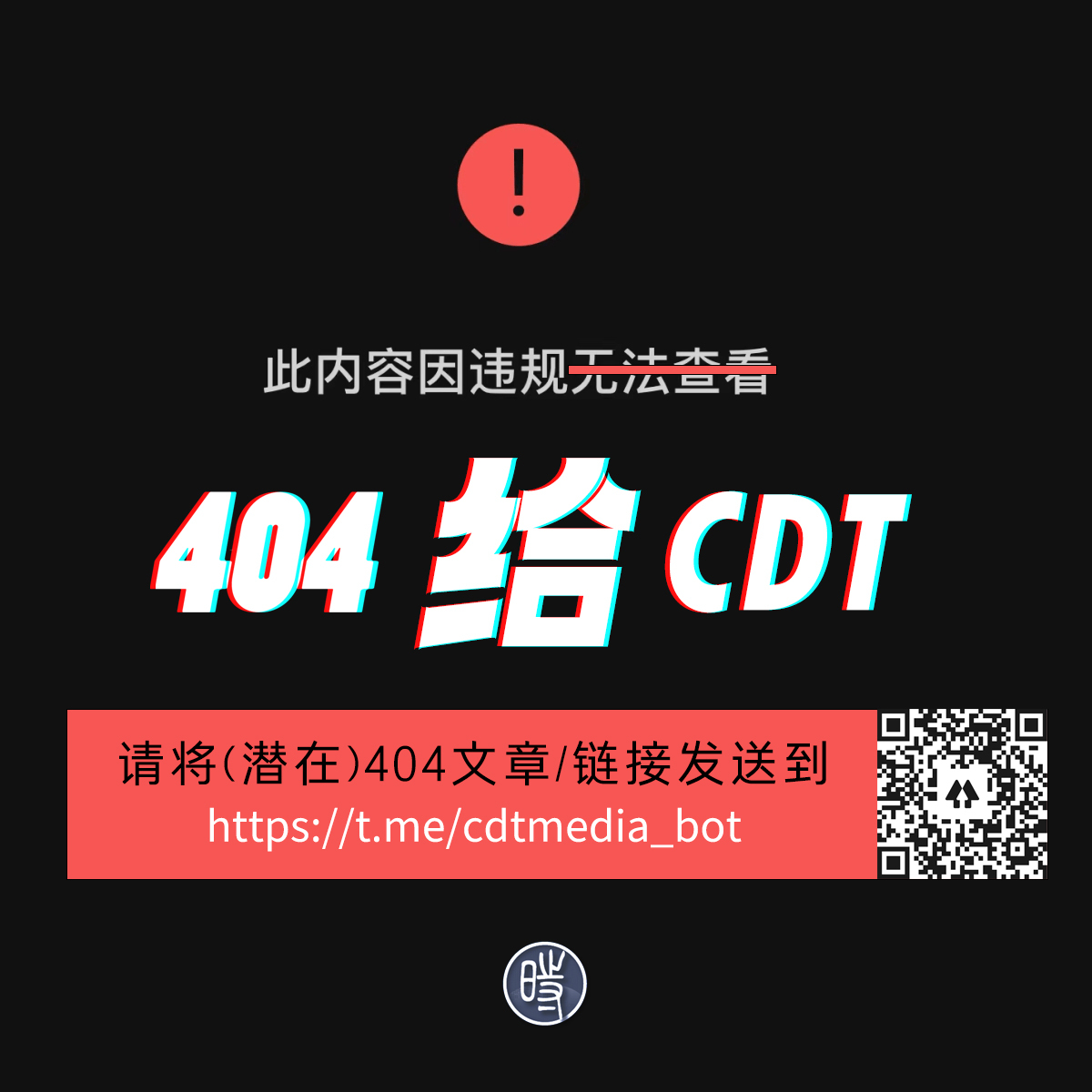http://cmp.hku.hk/2011/08/15/14870/
Content » News and analysis
Control, the soil
that nurtures rumor
By Hu Yong | Posted on 2011-08-15
[EDITOR’S NOTE: After a second round of propaganda directives on July 29 effectively
brought an end to a week of feverish discussion of government negligence in the
handling of the July 23 train collision in Wenzhou, much attention in China
turned to the issue of how to ensure the quality and reliability of information
on China's social media. This debate seemed to cap a summer in which platforms
like Sina Microblog and QQ Microblog have had a dramatic impact on such stories
as the Red Cross Society of China (“Guo Meimei”) scandal and problems
facing China's high-speed rail network. But much of the doubting about the
ethics of social media angered Chinese internet users, who saw attempts to
broad-brush platforms like Sina Microblog as rumor mills as just the latest
action to control information. Some of the most intelligent writing on the
issue of “rumor,” “truth” and social media has been that of
CMP fellow and Peking University professor Hu Yong (胡泳), who has
drawn a clear line between official press control policies, the crisis of
credibility facing official news, and the general appeal of hearsay. The
following is a partial translation of an essay by Hu Yong that appeared in the August 12 edition of the
Economic Observer. The points Hu makes are of particular relevance to the
prevailing silence now over protests yesterday in the city of Dalian. As
controls were strictly in force over this story, social media provided the only
source of information.
This is an age pervaded by rumor. On July 28, People’s
Daily Online summed up eight big rumors surrounding the Wenzhou train
collision. On August 3, China
Central Television’s Morning
News program reported under the title “Where is the ethical
bottom line on microblogs?” the story of how one user on QQ Microblog
called “Guo Yao” (郭瑶) had impersonated the
relative of a crash victim.
In the CCTV report, a member of the so-called Anti-Rumor
League, [identified as] “a group of self-organizing enthusiastic web users
working as rumor busting volunteers,” endorsed the idea of a “moral bankruptcy”
(沦丧) in the ethics of microblogs. This group, formed on
May 18 [this year], says that it has thus far been involved in the busting of
more than one-hundred [online] rumors. But it was in the midst of the incident
of the [Wenzhou] train collision [on July 23] that the group was cast into some
doubt, accused of “selectively busting rumors” (选择性辟谣)
and “only busting popular rumors, not busting official rumors” [or falsehoods]
(只辟民谣,不辟官谣). Some even suggested in the fiercest of
words that the Anti-Rumor League was “a platform carrying out directed attacks
from a predefined political position as it hoists the signboard of rumor
busting.”
Li Mu (李牧), a core figure in the
League, also admits that it was wrong of the Anti-Rumor League to trust overly
in the Ministry of Railways during the “7.23″ incident. Excessive trust in the
declarations of the government, and the use of official government news
releases in countering many rumors is a major defect of the Anti-Rumor League.
The publicity slogan of the Anti-Rumor League is “serving the truth” (为真相服务), but there’s a little something about the operation of current
politics that everyone is clear about, and that is that the government is not
just a natural provider of the truth. Very often, it is the government that is
guilty of the “original sin,” and harboring skepticism towards it is very
reasonable.
As for the charge of “selectively busting rumors,” the
principal founder of the Anti-Rumor League, Wu Fatian (吴法天), has responded: “The orientation of the Anti-Rumor League is about
being a spontaneous organization of self-discipline among web users in the We
Media age, and what it mainly does is issue accurate information about
microblog rumors, so it works through microblog posting by the public.” At
first glance, it seems this starting off point would yield few misgivings.
Microblogs are certainly not a clean and blameless territory, and spontaneous
popular action to exercise self-discipline over speech on microblogs accords
with the basic character of self organization in the We Media era. But if we
look more carefully, the act of chiefly targeting “popular rumors” in rumor
busting actually suggests a major deficiency of wisdom: it perhaps actively
covers up or passively overlooks a hard fact of contemporary society, which is
that official lies (官方的谎言) outpace popular rumors,
constituting the greatest interference and obstruction with the truth.
When the goal of busting rumors is to get at the truth this
is a good thing. But if rumor busters stand solely on the side of the
government to blacken and attack popular public opinion, this isn’t in the
interest of discovering the facts and the truth but in fact serves the goal of
so-called channeling of public opinion (舆论引导), thereby
serving as a tool aiding and abetting those people and organizations that
endeavor to twist the truth.
In many online incidents, “strengthening channeling of
public opinion” and “handling rumor according to the law” have appeared in the
same directives [from press control authorities], and this is a tactic we have
seen from the government for a long time. We can say that in fact it is the
conduct of “strengthening channeling of public opinion” that has caused
official information to be so wanting in credibility, which has in turn
nurtured a rich soil for the transmission of “rumors.” On the one hand, the
government has provided an environment conducive to the spread of rumors, and
on the other it sternly lashes out against rumors, placing itself in the midst
of an insoluble contradiction.
Since the SARS epidemic in 2003, the massive losses and
risks that come with the suppression of media coverage of sudden-breaking
incidents by relevant government departments have been illustrated again and
again. As the media say nothing, or become representatives of the discourse of
those in power, this inevitably becomes the principal reason for the spread of
rumor and social panic.
Under [the policy of] “correct guidance of public opinion”
the traditional media only selectively report major social and political
events, and the standards are entirely within their hands. Whatever is regarded
as negative (反面), destructive (消极), disturbing (添乱), discrediting (抹黑) is not permitted, and everything that is regarded as positive (正面), constructive (积极), encouraging (鼓劲) and praising (添彩) is openly proclaimed.
Their basic criterion for deciding [what is positive or negative] is whether or
not something poses a danger to social stability, and they care nothing for
whether or not damage is done to the public’s right to know, or whether their
actions might pose a grave danger to the life and property of the people.
When normal social communication mechanisms are crippled,
abnormal communication mechanisms will be enlivened. Hearsay about
sudden-breaking incidents is mostly transmitted by word of mouth, through
instant messaging, online forums (and later added to microblogs), and
communication much earlier than for formal releases in newspapers, television,
radio and other traditional forms of media. People are much more inclined to
believe rumors of uncertain provenance than they are to believe official news
reports by newspapers, television and other mass media, which creates a
situation in which “news looks like rumor and rumor looks like news.” Under the
control of the government, transmission methods that are twisted by
administrative power have exactly the opposite of their intended effect in an
environment in which rumors are widely disseminated.
本文由自动聚合程序取自网络,内容和观点不代表数字时代立场







.png)

